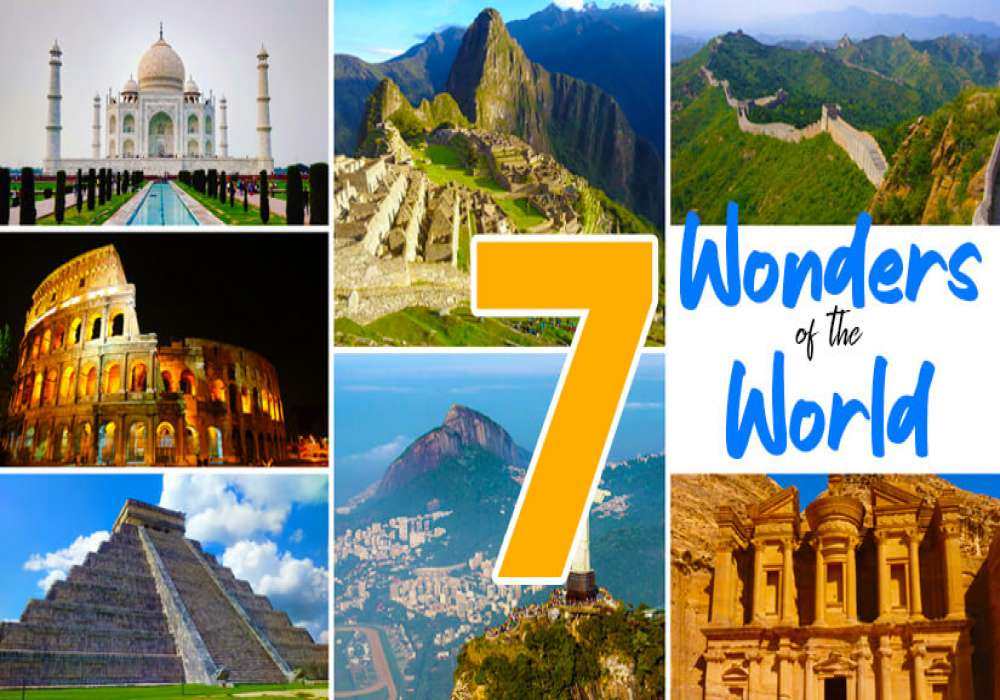Seven Wonders of the World | New
The New Seven wonders of the World are a list of remarkable monuments and spots that were chosen by a global vote in 2007. The crusade was initiated by a Swiss foundation that aimed to modernize the ancient list of the Seven prodigies of the Ancient World, which only had one surviving wonder the Conglomerations of Giza. The new list features prodigies from different mainlands and societies, and showcases the diversity and beauty of mortal achievements.
The New Seven prodigies of the World are;
1. The Great Wall of China a series of bastions that stretches for thousands of kilometers along the literal border of China. It was erected over centuries by different dynasties to cover the country from raiders and raids.
2. The Taj Mahal a white marble tomb in Agra, India, that was erected by the Mughal emperor Shah Jahan as a homage to his cherished woman Mumtaz Mahal, who failed in parturition. It's considered a masterpiece of Islamic armature and art.
3. The Colosseum an elliptical theater in Rome, Italy, that was erected by the Roman emperors in the first century CE. It was used for confrontational contests, public specs, and prosecutions. It could hold up to 80,000 observers and had a complex system of lifts, doors, and coops.
4. Machu Picchu a 15th- century Inca citadel in Peru, that was erected on a mountain crest above the Urubamba River vale. It was a royal estate and a religious center for the deification of the sun god Inti. It was abandoned after the Spanish subjection and remained retired until its discovery in 1911.
5. Chichén Itzá a Mayan megacity on the Yucatán Peninsula in Mexico, that flourished between the 9th and 13th centuries CE. It was a center of political, profitable, and religious power, and featured emotional structures and tabernacles, similar as the aggregate of El Castillo, which has 365 way to represent the solar time.
6. Petra an ancient megacity sculpted out of red sandstone jewels in Jordan, that dates back to the 4th century BCE. It was the capital of the Nabatean area, a fat trading mecca that controlled the routes between Arabia, Egypt, and Syria. It's notorious for its monumental facades, similar as the Treasury and the Monastery.
7. Christ the Redeemer a colossal statue of Jesus Christ that stands on top of Corcovado mountain in Rio de Janeiro, Brazil. It was erected between 1922 and 1931 by a French sculptor and a Brazilian mastermind. It's 30 measures altitudinous and has a wingspan of 28 measures. It's a symbol of Christianity and Brazilian culture.
These are the New Seven prodigies of the World, which you can visit and respect for their beauty, history, and significance. They're also a memorial of the diversity and creativity of mortal societies across time and space.











Comments
Post a Comment